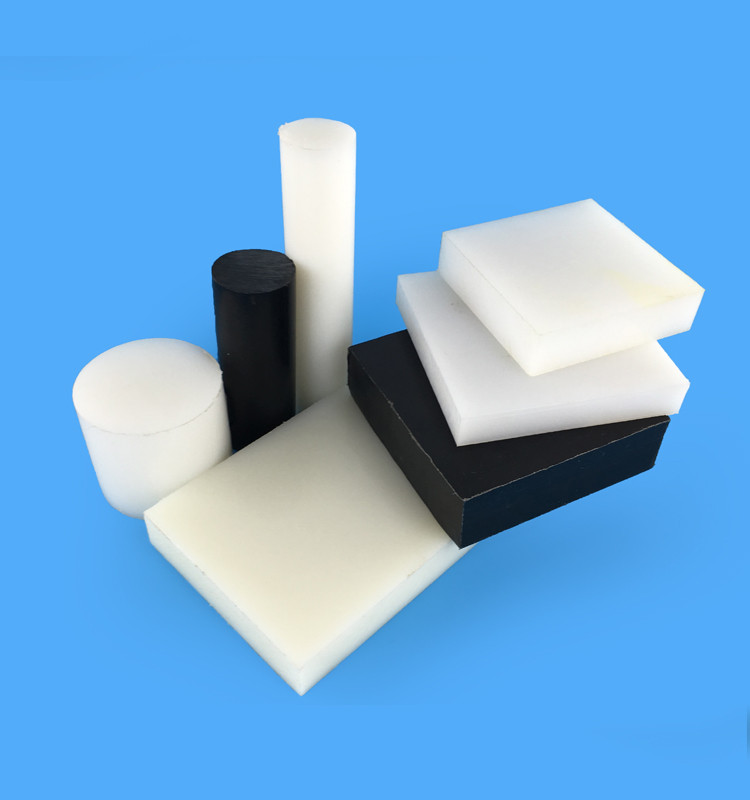Cooling towers, waste pools, intricate underground tunnels, and chilling reactor accidents - this is probably the "impression nuclear power plant" in many people's minds. Although the nuclear power plant is cold, it is not a flood. Recently, a U.S. nuclear power company formally submitted an application for the construction of a "pre-integrated micro reactor system." This mini reactor is small enough to be carried by boat or truck. NuScale Power is a private company in the United States dedicated to the promotion of small modular reactors and is headquartered in Portland, Oregon. NuScale Power previously submitted a construction plan to the Nuclear Regulatory Commission (NRC). This is the first time that commercial power companies have applied to NCR for the construction of a small modular reactor. This is a milestone in the energy sector. Reactors are built outside the nuclear power plant and transported by ship, train or even truck to the power station for assembly. This is a modular design. According to NuScale, the practice of setting up the main components of reactors in different places saves time and money, and the construction of nuclear power plants is also more flexible. Modular design also eliminates the need for large cooling systems in conventional nuclear power plants. Compared with one-stop construction, modular construction and on-site assembly methods are more convenient, lower cost, and save a lot of complicated processes. After the 76-foot (23-meter) tall reactor was delivered to the site, it was placed in a closed underground container that was immersed in a reinforced concrete tank. After that, the entire underground structure will be covered with a shielding layer, and the power generation facilities will be built on the ground. According to NuScale, this modular nuclear power plant has many advantages. First of all, the mini reactor contains much less uranium than conventional reactors, which not only reduces the risk of core melting, but also limits the risk of potential accidents. Second, NuScale's design has multiple security guarantees. In the event of a power outage or equipment failure, the reactor can be automatically shut down and cooled without the need for external power or water cooling, or even the intervention of operating personnel. According to the data released by NuScale, the maximum output power of a typical mini reactor is 50 megawatts. The minimum power of conventional nuclear power plants is 500 megawatts. Large nuclear power plants with multiple reactors have 4,000 megawatts of power. However, NuScale plans to connect numerous mini-reactors to supply electricity to the entire city. It has more efficient power supply efficiency than large nuclear power plants. Since there are so many advantages to the mini-heap, why didn't anyone do it before? In fact, the concept of miniature reactors is not new. The core technology of a reactor lies in its scalability, which can be as large as a "wishful heap." However, due to economic constraints (output energy per unit of equipment), large reactors have become the best choice for conventional power plants. NuScale's design benefits from the latest materials technology and construction processes. In addition to the better on-line power calibration performance of multi-microstack systems, NuScale can also be used in conjunction with surrounding clean energy facilities such as wind or solar power to distribute power on a minute scale. As Trump’s president stated that he wants to invest in technology, the industry’s interest in nuclear energy is soaring. Since the election day, people’s optimism about the future of nuclear energy has even increased uranium inventory by nearly 40%. Those energy companies that are actively looking for a turning point in nuclear power are also pro-Man Lu. For example, Transatomic Power, a Massachusetts company, began revitalizing and developing a new generation of molten salt reactors. The Molten Salt Reactor was first proposed by the Oak Ridge National Laboratory in the 1960s. It uses spent fuel as a fuel to provide solutions for the treatment of radioactive nuclear waste. So where will the future of mini-reactors go? The NRC will require certification for about three years. If all goes well, NuScale will build its first 12-module commercial nuclear power plant at the Idaho National Laboratory and plans to begin operations in 2026.
MC NYLON is recognized as the most widely used and known engineering plastic in the current market. PA6 has the best performance, very tough, even at low temperatures, and high surface hardness, mechanical lower shock, and abrasion resistance. Combined with these characteristics and good insulation, and chemical properties, it has become common-level materials. It`s widely used in a variety of mechanical structures and spare parts. Compared to PA6, PA66 own the higher hardness, rigidity, better resistance to wear and heat deflection temperature. Temperature resistance from -40℃ to 110 ℃.
Advantages:
Disadvantages: Blue Mc Nylon Rod, Green Mc Nylon Rod, Black Mc Nylon Rod, Extruded Mc Nylon Rod SHENZHEN XIONGYIHUA PLASTIC INSULATION LTD , https://www.xyhplastic.com
♦ High strength and stiffness
♦ High impact and notch impact strength
♦ High heat deflection temperature
♦ Good at dampening
♦ Good abrasion resistance
♦ Low coefficient of friction
♦ Good chemical stability against organic solvents and fuels
♦ Excellent electrical properties, ease of printing and dyeing
♦ Food safe, noise reduction
♦ Poor dimension stability, electrical and mechanical properties may become affected by absorbing moisture or water
♦ Poor acidproof ability, can`t dye with acid or touch overmuch acid
uti